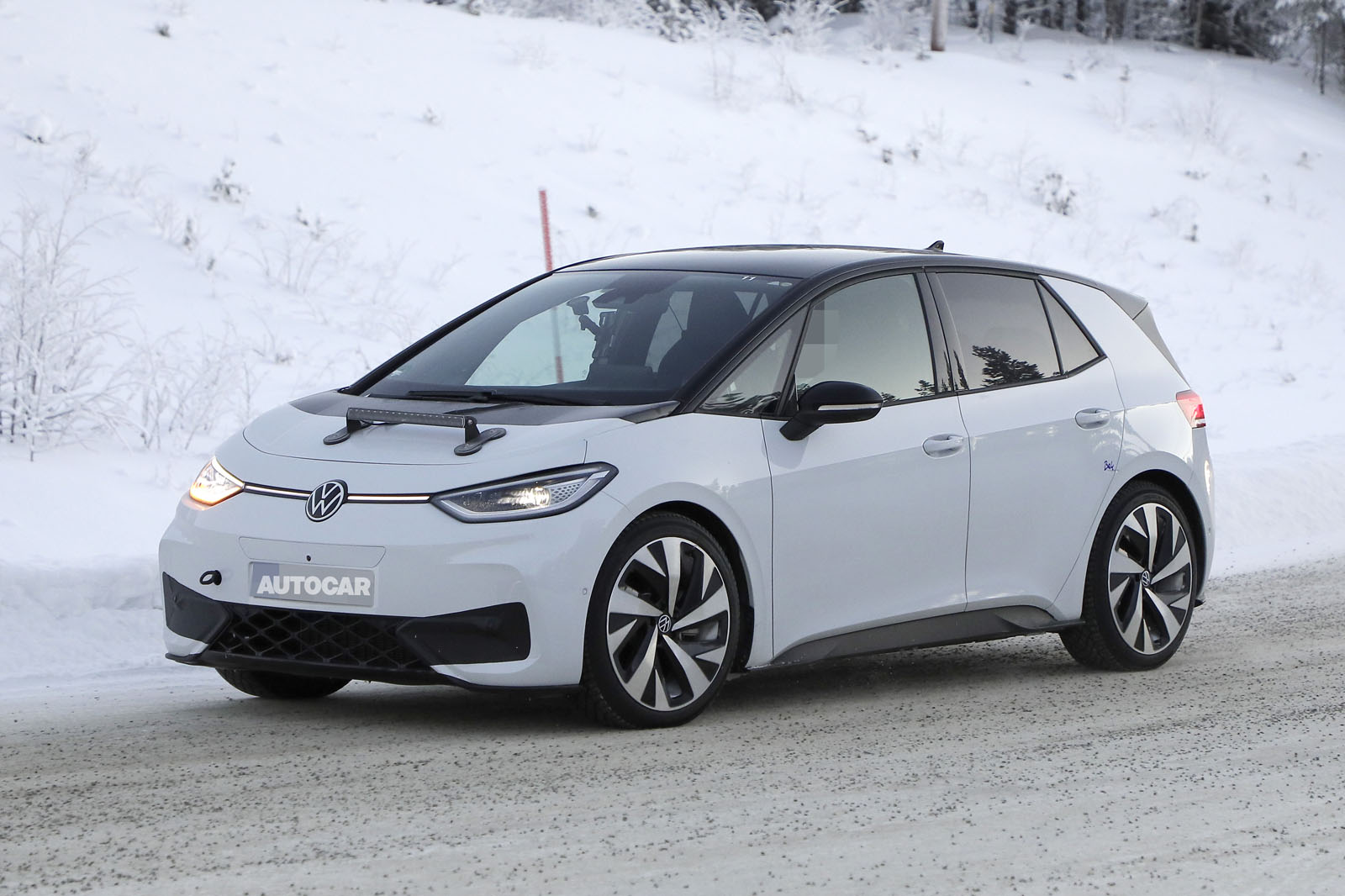This is particularly good news. Most cars aren’t fully electrified, and getting hybrid drivetrains to behave well is evidently difficult. They stop-start, they shunt between motor and engine and they can take an age to get going or change gear as they try to make human demands match emissions-regulated response.
The ability to refine them in a lab where one can make adjustments rapidly, rather than having to pound asphalt in a prototype, will more quickly make better cars. And that’s just one of dozens of vehicle traits that sims can handle.
“Manufacturers have had to shift very quickly to new platforms,” says MIRA driven attributes engineering manager Tom Lee. “That takes away their brand DNA, and they have to redefine what that could be.”
So if you feel like we reached ‘peak car’ in terms of dynamics and drivability (and you wouldn’t be alone if you did), this rapid shift in vehicle engineering is why.
The old way of doing things – making cars a tad bigger, more efficient, faster, plusher and pricier each time – is over. Cars are so much more complex than those they replace that they’re no longer routinely better.
Steve Cropley recently found the Ford Kuga’s dynamics particularly disappointing for a firm that used to offer benchmark ride and handling. But the car was developed during the mid-2010s, when plug-in hybrids were still only a twinkle in engineers’ eyes.





